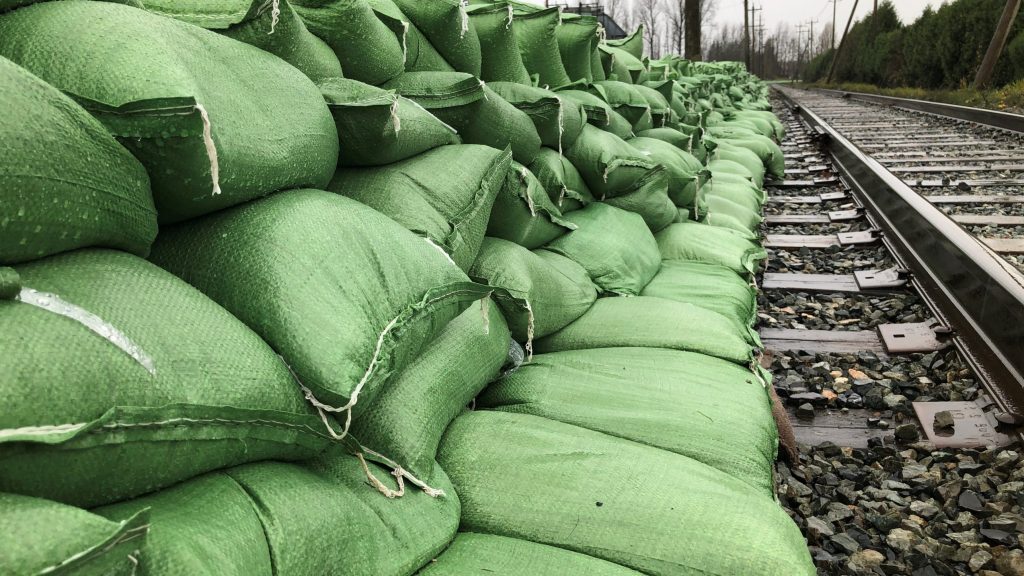Restoring Sumas Lake would prevent future flooding, new UBC research suggests

New research from UBC is calling for Sumas Prairie to return to its natural state — as a lake — instead of rebuilding dykes to manage water flows and prevent future flooding
In November 2021, an atmospheric river event in the Sumas River area near Abbotsford caused devastating flooding that destroyed homes, submerged fields and crops, and left many farmers with nothing.
Tara Martin, professor of conservation sciences and lead author of the study, says all climate projections suggest that atmospheric river events like that are only going to get worse in the future.
Advertisement
Restoring Sumas Lake would involve buying up existing homes along the lakebed, which would be a cheaper option than reinforcing dykes and replacing a nearby pump station, she says.
“Those properties, at current assessed values, are around just under $1 billion,” she said. “When we compare that amount to what is currently being requested for rebuilding of dikes, new dikes, and repairing pump stations and adding a pump station, that cost is up to $2.4 billion.
“So straight away, we know that this potential option — called ‘managed retreat,’ moving people and infrastructure out of harm’s way — is potentially an economically viable path that should be on the table for discussion.”
Martin says this option is also the most ecologically-responsible solution for flood management in the region.
Advertisement
“The water coming into Sumas Prairie is not just coming from the Fraser, it’s also coming from the Nooksack, from the south in Washington,” she said.
“They had no motivation or reason to stop that water flowing northward, because it would create more flooding in Washington.”
Martin says the lake was drained for farmland about a century ago.
“Back in the early 1900s, it was decided to create more arable farmland for settlers, and so the decision was made to drain Sumas lake,” she said.
“It was a large lake, 40 hectares in size, and it was drained, and that became what is now known as Sumas Prairie. But that lake once supported five species of salmon. It was a breeding ground for green and white sturgeon and over another 70 species at risk which are known to have inhabited the lake and surrounding area.”
Advertisement
The research was published in the journal Frontiers of Conservation Science.
With files from Hana Mae Nassar and Catherine Garrett.